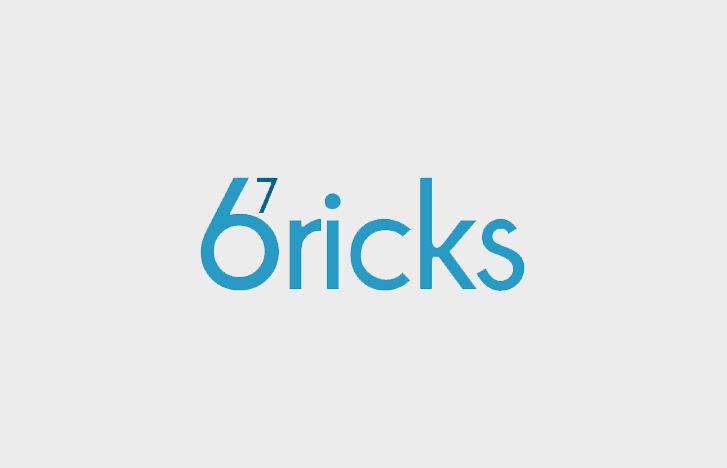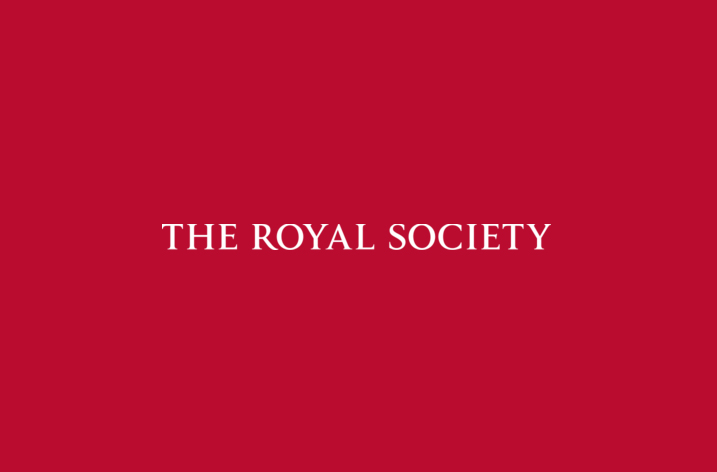
Asia has reclaimed its standing as the epicenter for global innovation after briefly falling behind the United States in 2016, according to the 2017 Top 100 Global Innovators report issued today by Clarivate Analytics. The annual report highlights the most successful organizations in the world that are active in innovation through research and development, protection of their IP and the achievement of commercial success. It also reinforces a prevailing trend among innovative businesses of prioritizing investment in unique, enduring inventions – for which patents are successfully brought to market and enjoy greater global commercial potential.
Forty-five Asian companies appear on this year’s list, a 15 % increase over 2016, with long-recognized organizations like Honda, Komatsu, Samsung and Toyota joined by newcomers Fuji Electric, Hon Hai and Nichia. North America runs second with 36 companies appearing on the list, where newcomers like Facebook, Molex and Western Digital join Apple, Abbott Laboratories, Boeing, Microsoft and others.
Asian organizations outperformed the rest of the Top 100 in all metrics during 2017, indicating that the region is producing higher quality innovation, seeking to commercialize its innovation globally and creating more impactful innovation than both the remaining Top 100 Global Innovators and organizations outside the Top 100.
Clarivate Analytics provides insights and analytics to help organizations accelerate the pace of innovation and commercialize ideas. Now in its seventh year, Top 100 Global Innovators tracks innovation based on a propriety patent data-driven analysis from Derwent Innovation and Derwent World Patents Index (DWPI). The index provides editorially enhanced, authoritative and accurate patent data, and is trusted by more than 40 patent offices worldwide.
The metrics produced reveal a combined indicator score used to identify the world’s most innovative organizations. The report’s methodology examines the portfolio strength and quality of each organization, assessing four key areas:
- Patent volume: in order to be considered, an organization must have had at least 100 inventions protected by a granted patent in the past five years.
- A high ratio of success in obtaining patent grants.
- The globalization or international breadth of patent filings across Europe, China, Japan and the U.S.A.
- Influence of how a patent/invention is cited externally by other organizations.
The organizations in the 2017 Top 100 represent three continents and 11 different markets, with major innovation hubs Japan and the USA accounting for 75% of the list. Eighty-five of the 2017 Top 100 Global Innovators also appeared on the 2016 list, and six are new to the report.
Data further indicates that while patent filings by the Top 100 Global Innovators have increased at a slower pace than those outside the list, the Top 100 are more successful in bringing their innovations to market – the ultimate measure of success. Overall, the volume of global patent filings has increased by 11.9% during the last five years, compared to a 2.4% increase for the Top 100. However, the number of patents granted to the Top 100 in 2017 grew by 5.7% year-over-year, compared to a 3.4% increase for companies outside the Top 100.
Daniel Videtto, President of IP & Standards at Clarivate Analytics said, “As the world experiences geopolitical shifts and significant economic change, the one constant that enables leaders to weather volatility is a laser focus on innovation. It helps develop competitive advantage, leading to the creation of sustainable economies that make possible societal improvements and the enhanced wellbeing of citizens.”
Industry Sector and Regional Snapshot:
Hardware and Electronics
The continued explosion of smart devices and the “Internet of Things” drove a 17% increase in the number of hardware and electronics industry companies included in this year’s Top 100 – from 29 last year to 34 in 2017. Among this year’s industry newcomers are Molex, Western Digital and Hon Hai.
Aerospace and Defense
In the aerospace and defense industries, Boeing continued to be the clear leader, with 131% more patents than Safran (previously Snecma), its closest competitor. Boeing’s inventions make up 40% of the top 10 in the industry.
Chemicals and Cosmetics
The chemicals and cosmetics industry experienced a jump from nine companies in the 2016 Top 100 to 12 this year, with long-time members like 3M, Arkema, Dow, DuPont, Nitto Denko and Shin-Etsu joined by newcomers Asahi Glass, Mitsui Chem, Nichia and Toray.
Automotive
The number of automotive industry companies on this year’s list fell from nine in 2016 to seven this year.
Legal
The report also offers insight into the law firms that most frequently represent the world’s innovators. Detailed information on legal counsel to the Top 100 may be found in the report.
North America
After leading Asia from 2011-2013 and again in 2016, North America once again ceded the top spot to Asia this year. In the U.S., while Silicon Valley remains the epicenter of innovation, the Midwest gained on the Western U.S. and outpaced the Eastern region. Chicago-based companies make up the majority of Midwestern innovators in the Top 100.
Europe
With Asia ascending back to the top spot this year, European representation in the Top 100 fell to 19 organizations in 2017, compared to 22 last year. France, Germany and Switzerland make up 75% of European Top 100 organizations, with the majority of those based in France. Still, all three of Europe’s losses this year came from French companies dropping off the list – research institutions IFP Energies Nouvelles, CNRS and automotive supplier Valeo.
Additional findings on the world’s most innovative organizations are available in the full report, here.
























